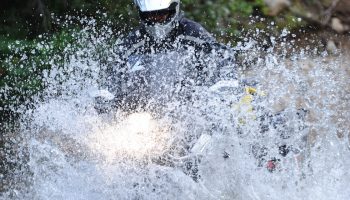By Ron Lieback
Photos: Bill Wiegand
Avoid Tick Bites at All Costs
Just the definition of a tick can turn your stomach:
“Any of a superfamily (Ixodoidea) of bloodsucking acarid arachnids that are larger than the related mites, attach themselves to warm-blooded vertebrates to feed, and include important vectors of infectious diseases.” (Merriam-Webster Dictionary)
Bloodsucking is enough to get me.
The thought of these little bastards simply makes me sick.
What makes matters worse is they take up residency in some of my favorite areas to go adventure motorcycling. Then there’s the disease threat, considering they can transmit the Lyme bacteria into humans.
During 2015, the U.S. Centers for Disease Control and Prevention says there were 28,453 confirmed cases of Lyme disease in the USA.
The disease was present in 260 counties, and 95% of the confirmed Lyme disease cases came from 14 states: Connecticut, Delaware, Maine, Maryland, Massachusetts, Minnesota, New Hampshire, New Jersey, New York, Pennsylvania, Rhode Island, Vermont, Virginia and Wisconsin.
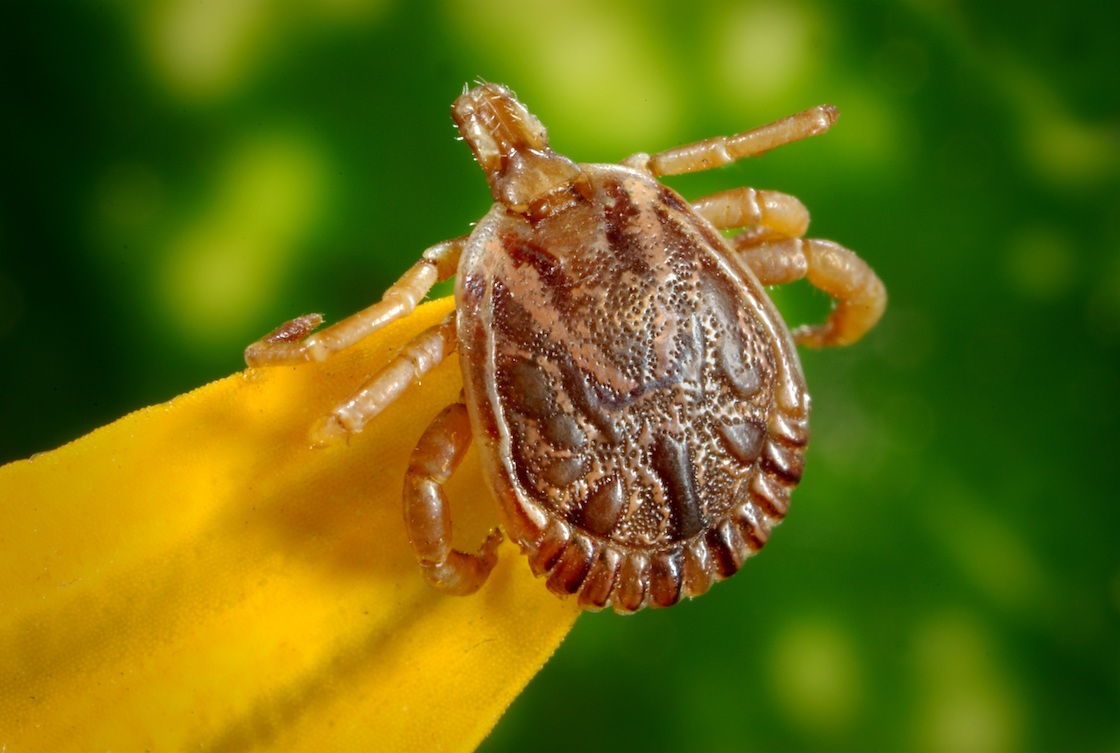
As adventure motorcyclists–especially those of us residing in these states–we are more exposed to tick encounters. This gets worse when we’re camping for extended periods of time where showers are few, so we must be proactive.
Luckily there are many preventive measures we can take. Remember, ticks must be attached to humans 36-48 hours before Lyme can be transmitted. It’s best to find them ASAP and remove them.
If Lyme is detected early, antibiotics can help. You’ll know if you were bit due to a bull’s eye shaped rash near where bitten; this typically appears a week after the bite.
If untreated, Lyme can lead to serious heart- and nervous-system issues, and a host of other long-term effects, including memory loss, speech impairment, stomach issues, stiff joints and headaches.
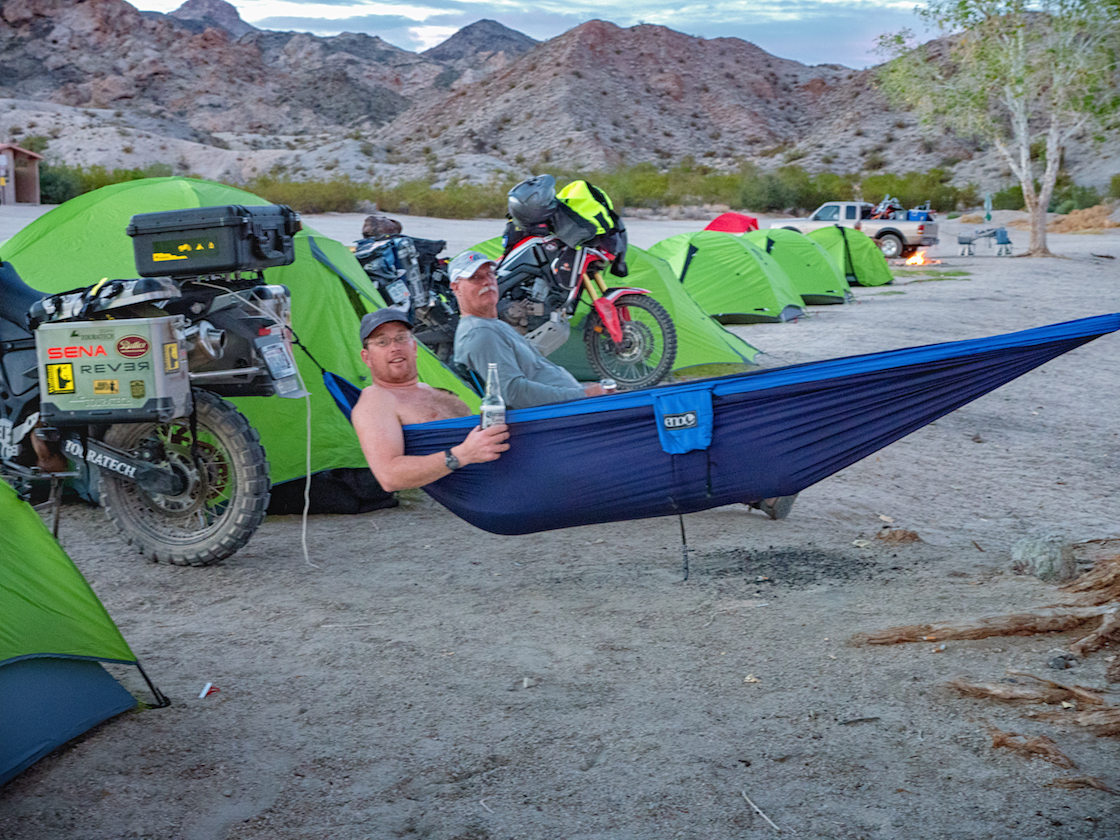
First, you must understand the enemy. According to Outdoors.org:
“Deer ticks have an unusual three-stage, two-year life cycle, which begins during the summer when their eggs hatch as larvae. Once a larva obtains a blood meal from a host, it molts and becomes a nymph. Nymphs are tiny—about the size of the period at the end of this sentence—and spend winter underground before emerging in late spring; their populations typically peak during June and July. Once a nymph successfully feeds on another host, it transforms into a larger adult, which then seeks a final blood meal to provide the sustenance needed to mate and reproduce. Adult deer ticks are most abundant in October and November, with a secondary period of activity in April and May.”
With that disgunsting stuff said, here are some of the preventive measures ADV riders can take, especially ones who camp, and also how to correctly extract a bloodsucking tick.
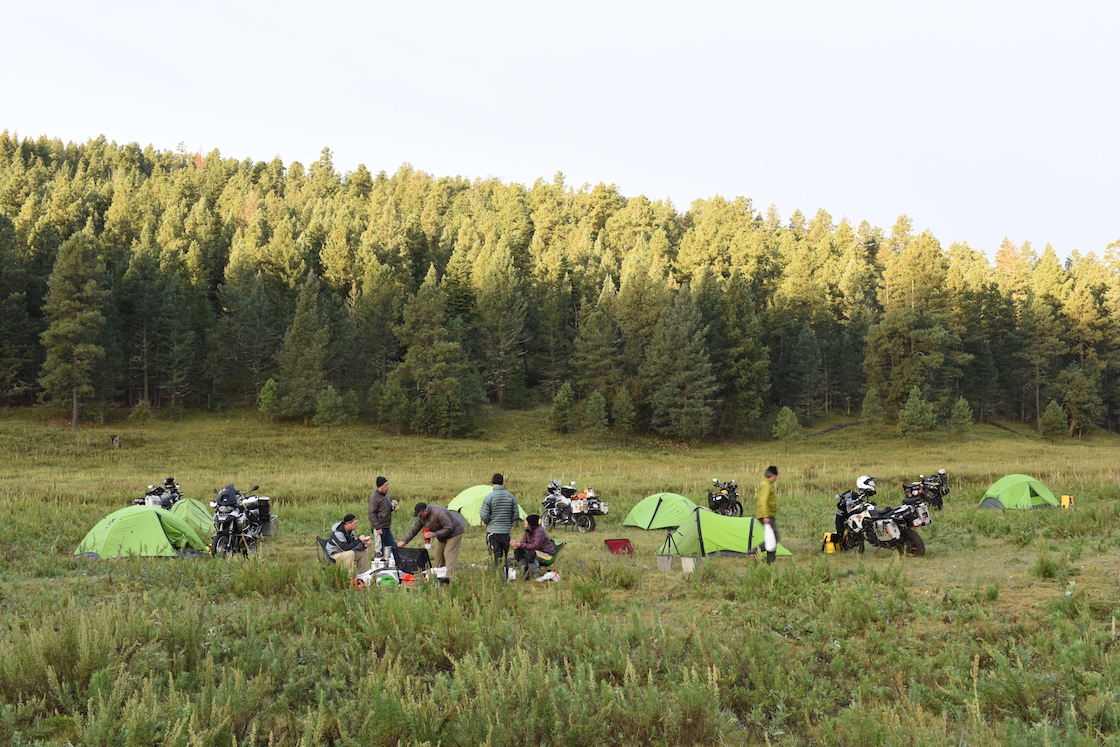
Prevent Tick Bites:
- Wear Tick Repellent. Many different types are available, including natural ones (find more at S. Centers for Disease Control and Prevention). I personally rely on repellents with DEET. The percentage of DEET has nothing to do with repellent, but how long the protection lasts. Stuff under 10% will only provide protection for like 2 hours, but something close to 95% can offer 10 hours.
- When out on summer rides, I spray my base layers with OFF! Deep Woods Sportsmen Insect Repellent, which contains 98.25% DEET, provides up to 10 hours of protection, and has zero smell.
- If riding all day and then camping, re-apply. Also, never put unchecked gear in the tent, as you don’t want to bring any ticks–or other bugs–to bed with you. Tents with extended gear sheds or vestibules help in this regard. And make sure to spray your gear–especially your boots–with some bug spray before leaving them sit. Check them twice before heading out in the morning, also.
- Try buying lighter-colored motorcycle gear; ticks are impossible to see on dark motorcycle gear. Most boots and pants are black, so make sure to examine them upon taking them off, whether you’re at your home or the campsite. If camping, check them before putting them back on also. I give a good shakeout before putting anything on; the few seconds of noise is a loud sign of prevention.
- Set up camp away from damp areas or ones near tall grass–both ideal conditions for ticks.
- If riding with a group, use the buddy system to check each other for ticks–especially after dusk when light is fading or gone.
- If you have a shower on site, use it! If not, take a bath in the creek.
- Carry tweezers just in case one is embedded in your skin (more below).
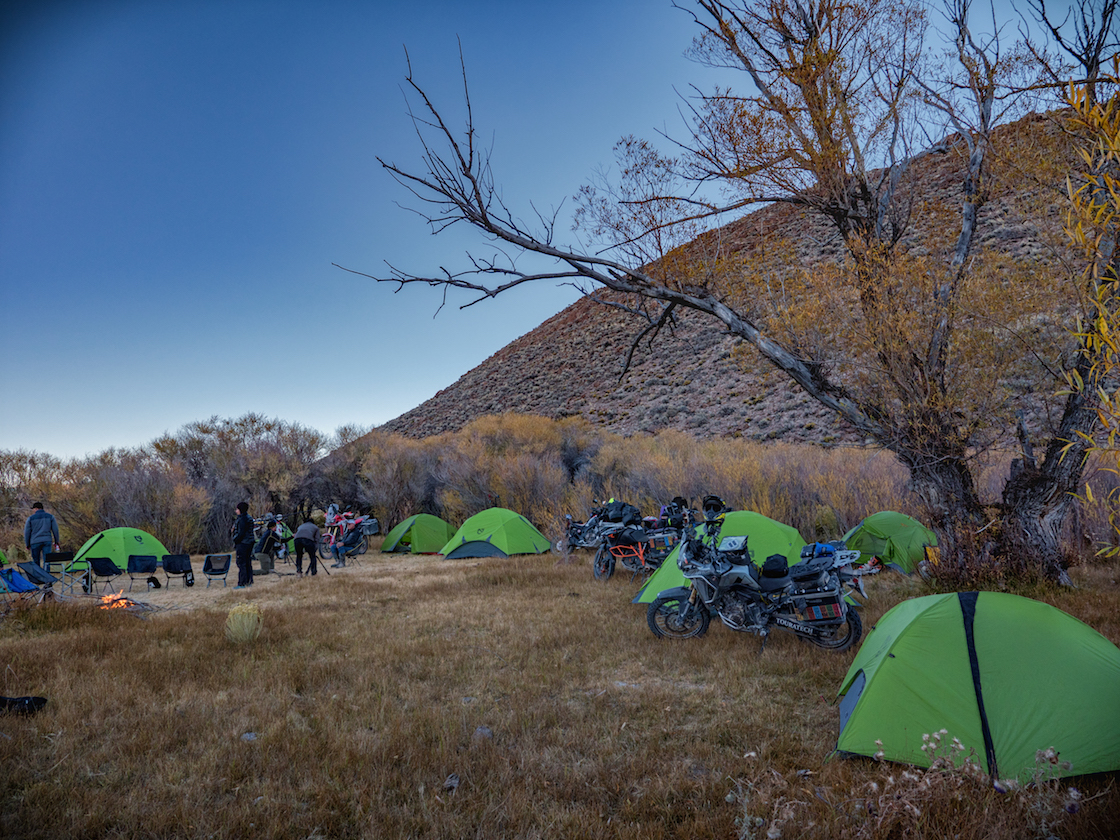
If you do find a tick embedded in your skin, work as quickly as you can to remove it. This is why we recommend packing tweezers in your kit; some Swiss Army knifes have tweezers, but some are too flimsy. You don’t want to leave any portion of that tick’s head in your skin.
Following are the basic steps for removing ticks:
- Grasp the tick’s head using tweezers.
- Pull with smooth and steady pressure.
- Immediately clean spot with soap and water, or hand sanitizer, something everyone should also carry during ADV rides for obvious reason.
Concluding Thoughts
Lyme disease is no joke. Get it, and you’ll live under miserable conditions for the rest of your life. Prevention is key, and the tips listed above will help those little bloodsuckers from ruining one of the greatest things in life – adventure motorcycling.
